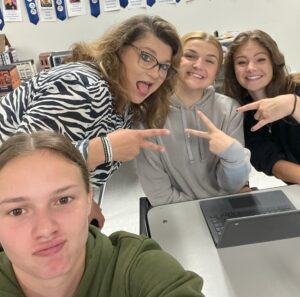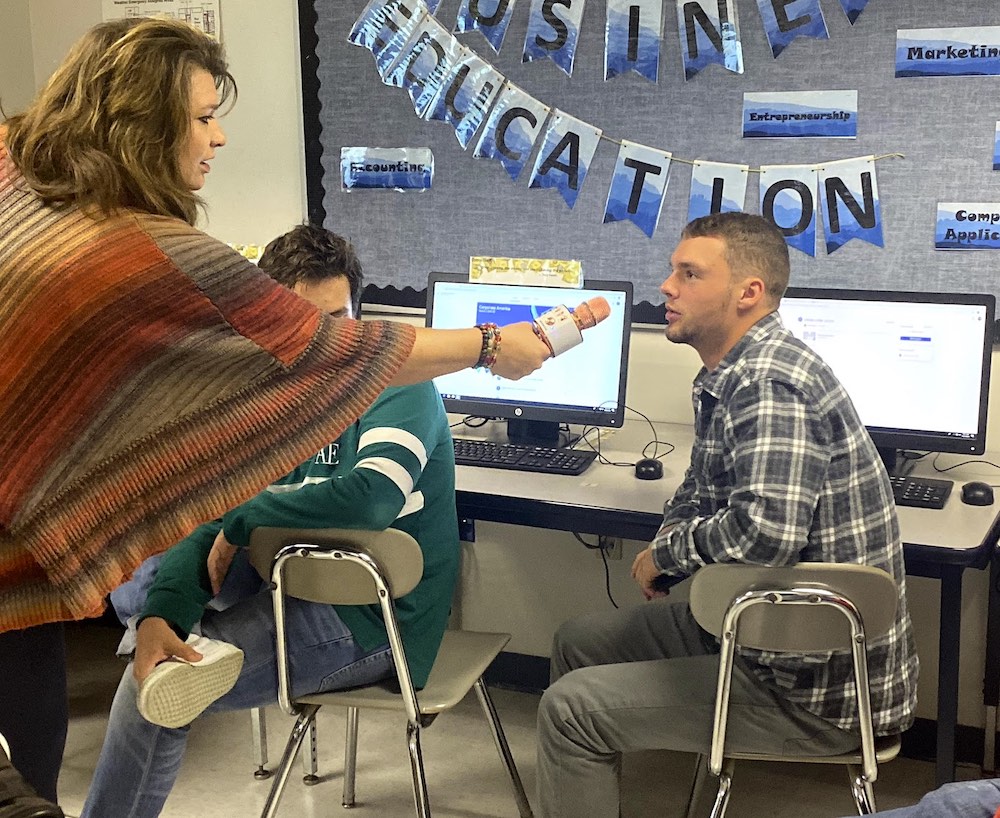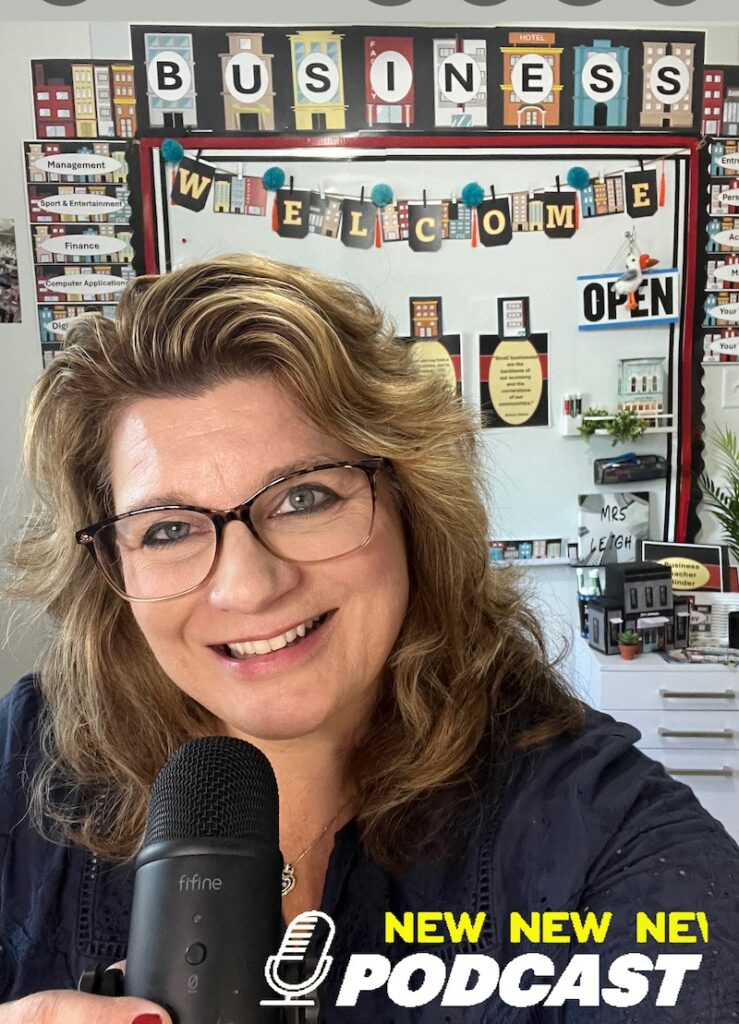
Discover how emphasizing active listening skills can revolutionize student engagement and create a more effective learning environment.

The Fundamentals of Active Listening: Active listening goes beyond simply hearing words; it involves being fully present and engaged in the communication process. Key components of active listening include maintaining eye contact, paying attention to nonverbal cues, and demonstrating genuine interest through follow-up questions. This soft skill is not just crucial for academic success but is vital for future professional development.
Why Active Listening Matters in Business Education: In today’s fast-paced digital world, the ability to listen effectively has become increasingly rare and valuable. Active listening is a “superpower” that can give students a significant advantage in job interviews and professional settings. By incorporating active listening skills into the curriculum, educators prepare students for real-world business scenarios where effective communication is paramount.
Implementing Active Listening in the Classroom: Several practical strategies can help integrate active listening into daily classroom activities:
Building a Culture of Active Listening: Creating a classroom culture centered on active listening requires consistent reinforcement and modeling. Teachers must actively demonstrate these skills while helping students understand their importance. This approach has shown to improve overall classroom dynamics and student comprehension.
Breaking Down Barriers: One significant challenge addressed is the prevalence of distractions, particularly from digital devices. I suggest establishing clear expectations about device usage and emphasizing the importance of being present in the moment. This helps students develop the self-awareness needed to recognize when their attention is drifting.
Beyond the Classroom: The benefits of active listening extend far beyond academic success. Students who master this skill are better equipped to:
Measuring Success: Through reflection exercises and classroom observations, educators can assess the impact of active listening initiatives. When students truly engage in active listening, the quality of classroom discussions improves, and understanding of course material deepens significantly.

Conclusion: Active listening represents a fundamental, yet often overlooked, aspect of business education. By intentionally incorporating active listening skills into the curriculum, educators can create more engaged, understanding, and professionally prepared students. This “secret weapon” has the power to transform not only classroom dynamics, but also students’ future professional success.
For some great lessons on Active Listening, check out my Active Listening Unit – one of six units included in my ‘Business Communications Semester Course Bundle‘. These lessons are also available on TPT, but buying off my web shop provides me the maximum amount of support and I so appreciate that.


To learn more listen to Episode 23 of my podcast ‘The Art of Teaching Business’. You can stream my podcast straight from my website. My podcast is also available on all the major stream platforms including Apple Podcast and Spotify.

My freebie vault has over 15 FREE RESOURCES for your classroom when you subscribe to my newsletter.
